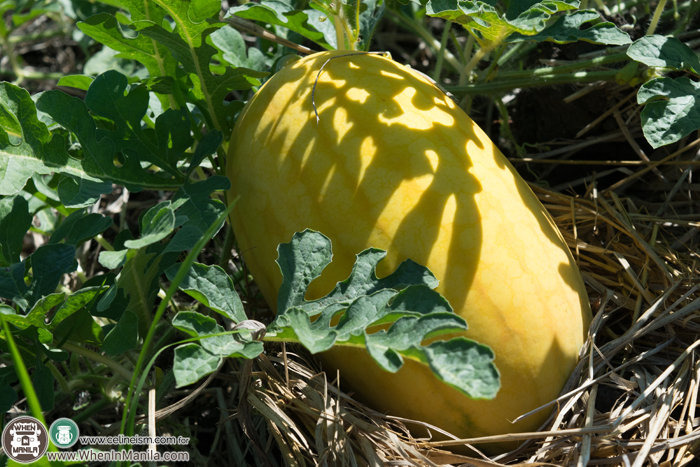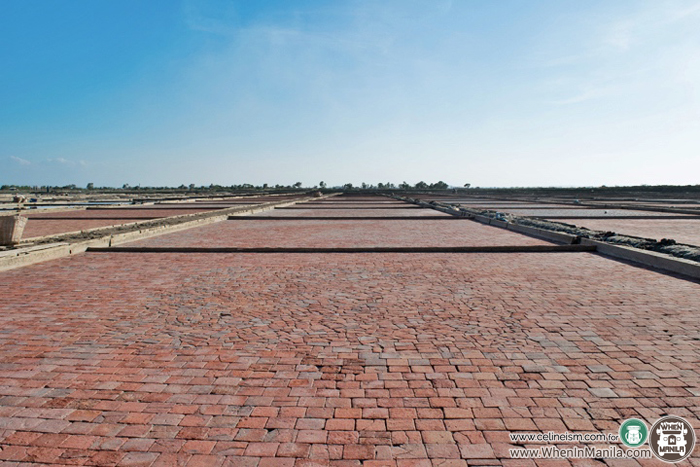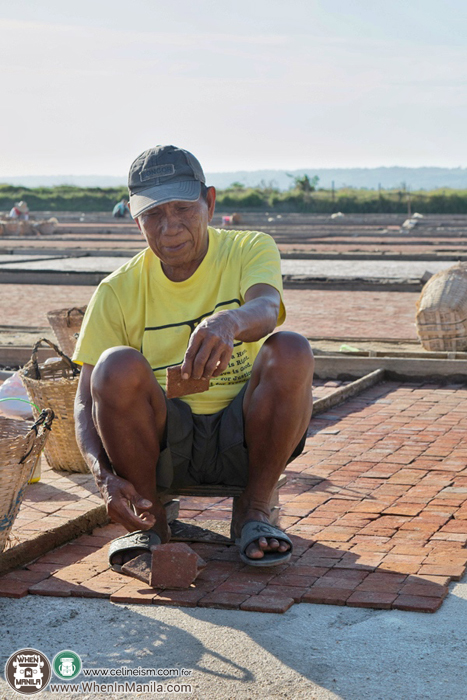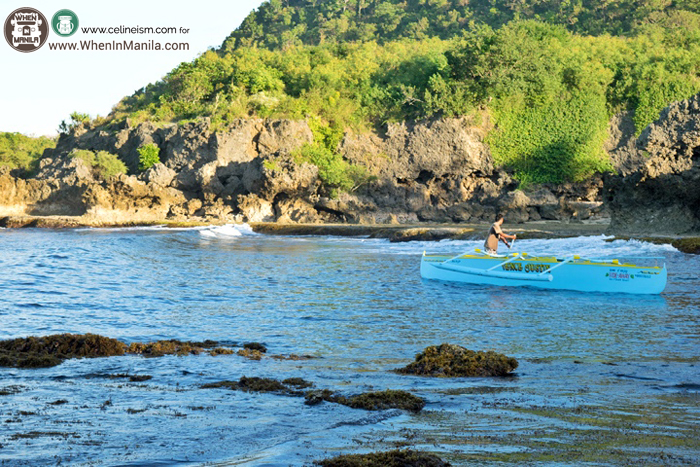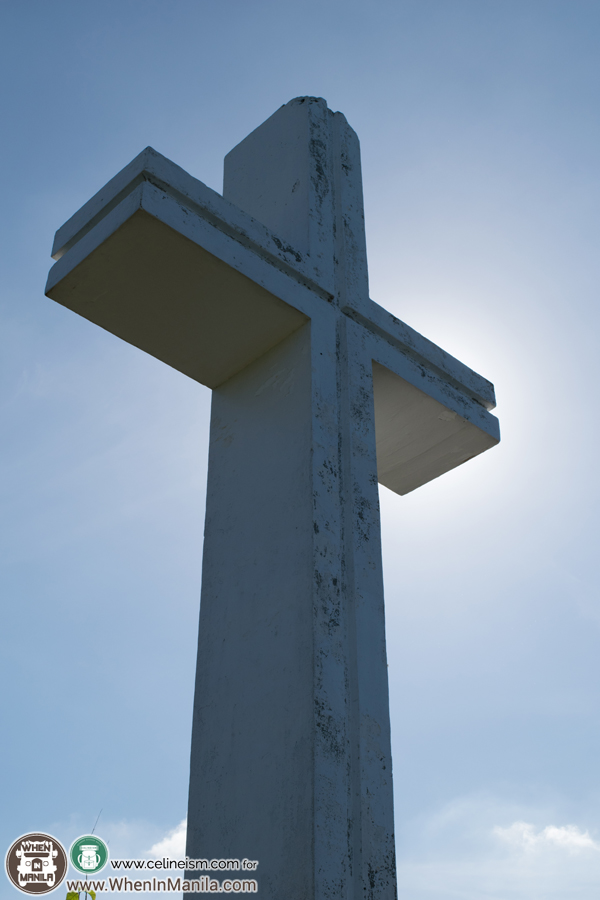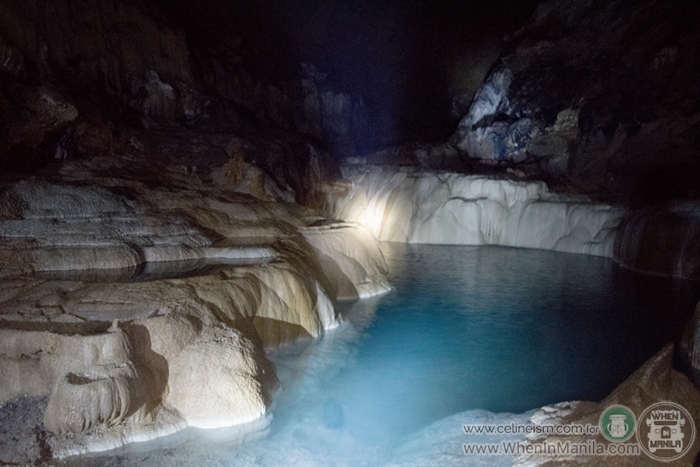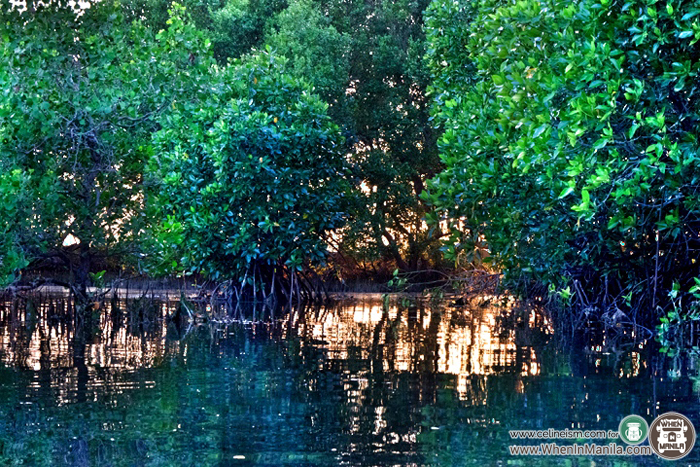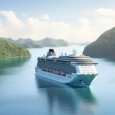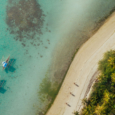Between the towns of Alaminos and Bolinao, there lies the charming town of Bani. Time and again, this municipality, with its humble façade and quiet presence, finds itself relegated as a mere access road to and fro its more popular neighbors. Little did people know, concealed in its folds are stories and experiences worthy of a town once known as Pangasinan’s “Golden West.”
Bani is surrounded by Tambac Bay and the West Philippine Sea. It was once part of Northern Zambales up until 1903 when, together with eight other towns, it was transferred to the province of Pangasinan. Now, it is a second-class municipality with 27 baranggays and a population of over 45,000. In its Poblacion (town proper), a Bani tree – from which the town got its name – stands strong and proud.
Plenty of crops grow on its limestone-rich soil, but Bani had chosen pakwan or watermelon as its differentiation, and, by doing so, its identity. This choice is well-founded, as Bani’s watermelons are the sweetest and juiciest in the country. The pride on this local product is collectively celebrated every January, during the Pakwan Festival, where the town comes alive with the usual adornments of a typical Filipino fiesta. Banners are strung, concerts are held, parties are thrown, and food is served, but what makes Bani’s fete unique is how it showcases the main star: through a “demo farm,” where visitors get to see how pakwan is cultivated. Bani’s many varieties of watermelon – Dragon, Diana, Sweet Robin, to name a few – are paraded not on the streets but on the fields where they are grown. In addition to an introduction to watermelon-farming, guests are also treated to a pick-and-pay arrangement – a novelty commonly associated with Baguio and strawberries.
Diana, one of the most expensive varieties of watermelon
It is also in January that Bani’s residents prepare for the start of salt-farming season. Just like the rest of Pangasinan, the town also has a small industry of salt-making.
An hour’s boat ride across Tambac Bay, in Sitio Abunsiang in Baranggay San Miguel, is a community-ran salt-farm which can produce up to a million kilos of salt in one season. The production lasts up to the end of summer with the salt being sold to as far as Mindoro.
The community-ran salt farm in Abunsiang
Part of the preparations is replacing the terracotta bricks of what is called a saltern
In addition to crops and salt, Bani also thrives on fishing. Sitio Olanen has one of the few remaining traditional fishing villages in the country. Aside from tropical fishes, villagers’ hauls often include expensive seafood such as lobsters.
The waters of Bani do not only provide a way of living to its locals, but also recreation. In Surip Beach, one of Bani’s several, swimming and snorkeling are a favorite pastime.
The waters of Bani not only provide a way of living, but also recreation
Meanwhile, up on a hill, also in Surip, is a pilgrimage site with a fantastic view of the West Philippine Sea, and a giant white cross as its marker. The site includes a thousand-step path which has served as the venue for an annual Penitential Pilgrimage since 1975.
The giant cross on Surip’s pilgrimage site
Perhaps one of the greatest treasures Bani keeps is the largely unexplored cave with the unofficial name of Angel. This Class 1 cave is located on a private land in Centro Toma and contains a fragile and complex ecosystem. Its caverns are filled with subterranean pools and waterfalls as well as an array of rare and incredible calcite formations. Because of its sensitive nature, Angel Cave remains closed to tourists.
One of the natural pools inside Angel Cave
But Bani’s offering to nature-lovers does not only consist of caves. There is also the Bangrin Marine Protected Area (MPA), a 42.5-hectare of mangrove forest that is home to over a hundred species of birds. Visitors can take a paddleboat through the dense forest and experience a scene straight out of a travel documentary.
During the late afternoon, a few hours before sunset, the forest erupts with wings as a meeting of diurnal and nocturnal birds take place. The water then turns orange as the sun sets for the day.
Late sunlight shines through the dense mangroves in the Bangrin MPA
With neighbors as popular as Alaminos and Bolinao, some would say that Bani’s location is a great disadvantage. Yet this town’s fascinating character proves otherwise. It may be left out now, foregone in exchange for a safer, surer experience, but soon, Bani will be the destination and not just a stopover.
Want to learn more about or visit Bani?
Check out this Bani DIY travel guide, complete with more photos, a sample itinerary and contact details!
Know a less-traveled destination in the Philippines? Share it in the comments and we might feature it next!

